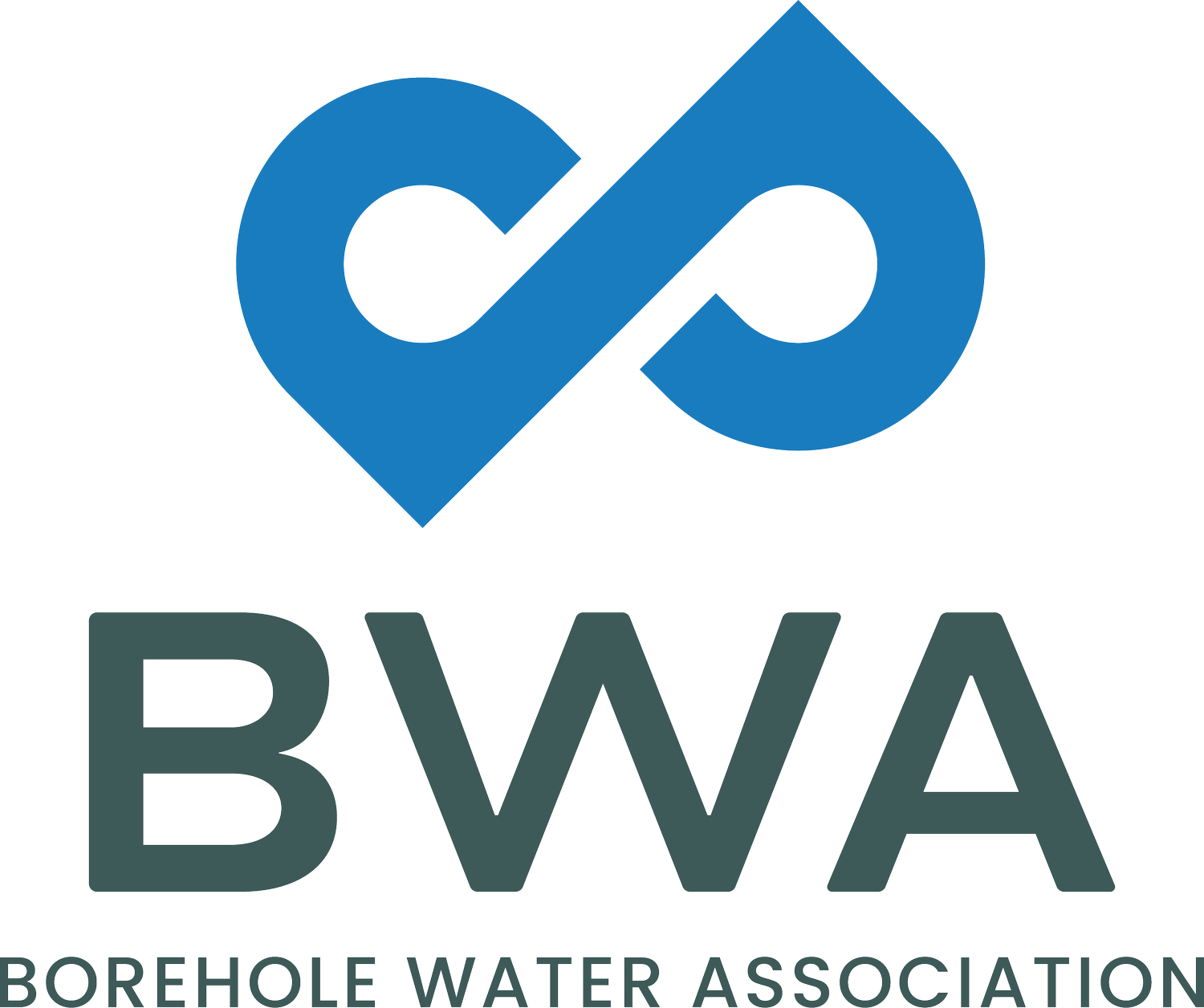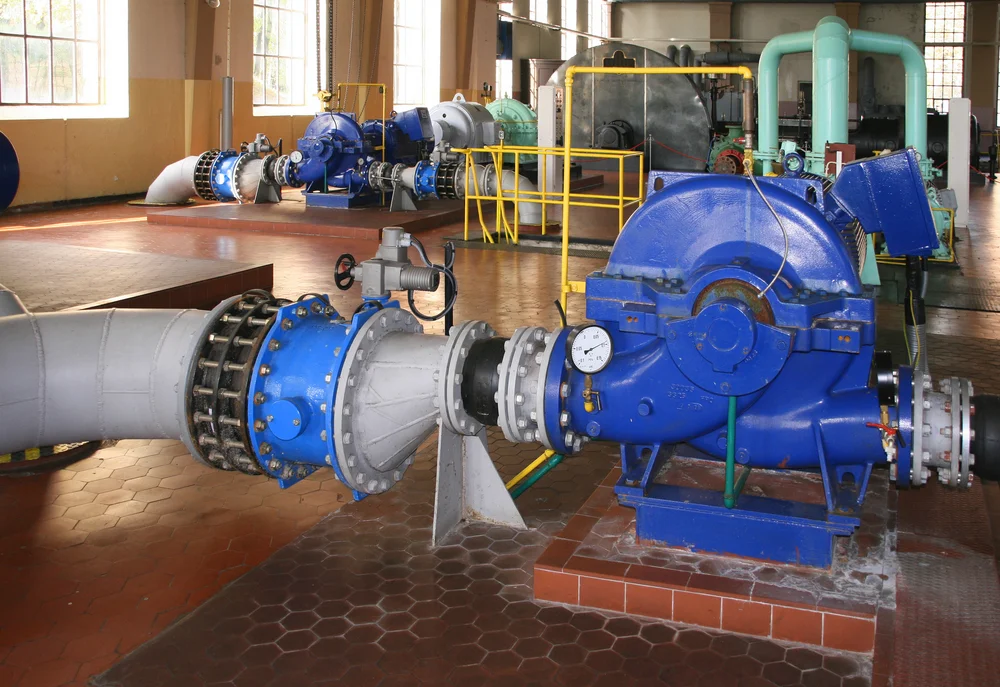Throttle your pump, throttle your profits
/John Tonkin
Warning: this is not a ‘How to Guide’! Using valves to throttle pumps is not an ideal solution, and in this article, I will explain why.
Throttling pumps is a somewhat controversial subject as it implies the adding of energy (money) to a fluid and then converting a portion of this energy to heat (to no useful purpose) using a valve (more money). In the process, we create noise and vibration that have negative implications for the health and safety of staff. Of course, there is the increase in the operator’s energy bill. And just to rub salt in the wound, we need to add diminished plant reliability because of repetitive pump failures due to operation on a bad point of the curve. But throttling is the reality that many plant operators and engineers are faced with, so I’ll start by explaining how to get the best out of an installation where throttling is part of the design.
Throttling example
Here’s an example. The diagram below shows two system curves superimposed on a pump’s performance curves. Curve A shows the as designed curve while Curve B represents the curve obtained during commissioning.
- Duty point 1 represents the expected head and capacity as calculated by the design team.
- Duty point 2 represents the head and flow rate that were measured during commissioning.
- Duty point 3 represents the actual system head at the required capacity.
What went wrong? The pump was oversized for its application. Most often this results from conservative selection practices (multiple members of the design team add another 10% each ‘just in case’). Is this a common occurrence? According to European Pump Manufacturers Association (Europump) “most rotodynamic pumps, which constitute 80% of all pumps installed, are between 20% and 30% oversized”.
Whatever caused this pump to be oversized is not the purpose of this article. What needs focus is the user’s approach to correcting the situation. Essentially this revolves around partially closing the discharge valve in order to bend Curve B back to Curve A and the capacity from 352m3/hr to the designed 270m3/hr (full diameter impeller). The closing of the discharge valve increases the friction losses and forces the duty point back to the required flow.
At first glance there appears to be no problem. The capacity is back to spec and the efficiency has risen from 70% to 82%. However, the partially closed valve has now increased the head from 35m (point 3) to 51m (point 1). We will look at the financial implications of this later.
The valve used to throttle the pump
It’s the standard knife/wedge/resilient seal gate or basic butterfly (rubber lined) valve that is primarily designed for isolating duties. This being the case, the valve can only have two positions, fully open or fully closed and nothing in between. This application calls for the throttling valve to remain in a partially closed position. Because this is a control application, it requires the application of control valve sizing rules.
The two duty points show that there is a 17m (1,7 bar) difference in head (52m-35m). At a flow rate of 270m3/hr the Kv (flow coefficient) is:
A 150mm globe control valve, approximately 55% open is indicated from a number of manufacturer’s Kv tables. If a 100mm butterfly valve was used, then a +/-55° (61%) opening is called for.
What of the discharge pipe size? A 150mm NB pipe will give a velocity in the region of 3,6m/s. Much too high. The 2,2m/s of a 200mm NB pipe is better but is still a bit quick with limits on the possibility for future growth. A 250mm pipe will give a velocity of +/-1,4m/s. There’s room for growth and the occurrence of pressure transients (hammer) is reduced. This is very attractive but would carry a higher capital cost (this could be offset by lower losses).
These sizes give some idea of the difference in dimensions between a pipe and any control valve that has to be incorporated into the system. In the case of the butterfly valve it is quite possible to see a 100mm valve installed in a 250mm line! Not an everyday sight.
Here are some considerations for the selection of the valve types and materials of construction:
- Gate valves of any description are not suited for this application.
- Keep the throttling valve at least 5 X D from the pump discharge.
- The valve installed must have some form of facility that allows it to be locked out to avoid tampering.
- This type of installation usually has an operating life span of 15 years+ so a better-quality butterfly valve (if this is the pattern of choice) in a metal seat triple offset should be considered.
- A pressure gauge or sensor installed downstream of the valve is strongly recommended.
- There are cavitation consequences, even for this relatively low pressure drop. See the sigma calculation below.
So what’s so wrong about throttling?
Here are some points that quite frankly stick a knife in the throttling approach to pump control.
Cavitation and the sigma calculation
The point at which cavitation occurs and its relative severity can be estimated by calculating the cavitation index (sigma) for a given application.
As a general rule of thumb, a sigma value of 2,7 will see the onset of incipient cavitation. Our figure of 3,1 indicates that cavitation will be present at the upper end of incipient to the lower end of constant.
The excess energy requirements and monetary costs: the final death knell of throttling!
| Duty | Flow | Head | Efficiency | Power Absorbed |
|---|---|---|---|---|
| 1 - As designed/throttled | 270m3/hr | 52m | 82,5% | 46,4kW |
| 2 - Commissioned | 370m3/hr | 38,5m | 70% | 54kW |
| 3 - Actual System Duty | 270m3/hr | 35m | 80% | 32,2kW |
- Duty 1 will require a 55kW motor and appropriate supply transformer and controls
- Duty 2 will require 75kW motor
- Duty 3 will use a 37kW motor
In each case the correctly sized transformer, switchgear and baseplate will need to be provided. Duty 3 represents a very significant saving in all departments!
Additional power required for throttled operation:
Additional power = 46,4kW - 32,2kW
Additional power = 14,2kW
If the pump has a service factor of 8000 hours per annum (91%), wasted annual energy consumption would be:
Annual energy losses = Excess power absorbed x hours
Annual energy losses = 14,2 x 8000
Annual energy losses = 113 600kWhr
At this point, let's ask some questions:
- How many pumps are installed in your plant?
- How many are operating under these or similar conditions?
- How much does electricity cost per kWhr in your area? Here in SA +/-R1/kWhr
- What could be done with the savings? (Rework a heat exchanger etc. that will bring still more efficiencies and cost reductions?)
The answers are always much food for thought!
Throttling costs, so let's find ways to optimise pumping systems
If this variation in duty was a long term situation, then serious consideration should be given to machining the impeller to the third trim shown in the curves – in this case it is 190mm – it’s cheap, it’s quite quick and it requires no locks or constant checking on the position of a valve.
As a final thought, consider this. Electricity, since 2000 has increased by a factor of slightly more than 6. The Consumer Price Index over the same period has increased by a factor of slightly less than 2,5. These installations are costing all South Africans dearly and the drain on our resources gets bigger daily. By optimising pumping systems, there are very significant savings to be had at often, minimal costs. It will also help the country to become more competitive!
John Tonkin is the editor of the Borehole Water Journal Online and the director of skills development company JTA Training. He will be presenting a course entitled Valve Types: Selection, Installation and Operation in Johannesburg on 18 to 21 July 2016. Click here for more information.






